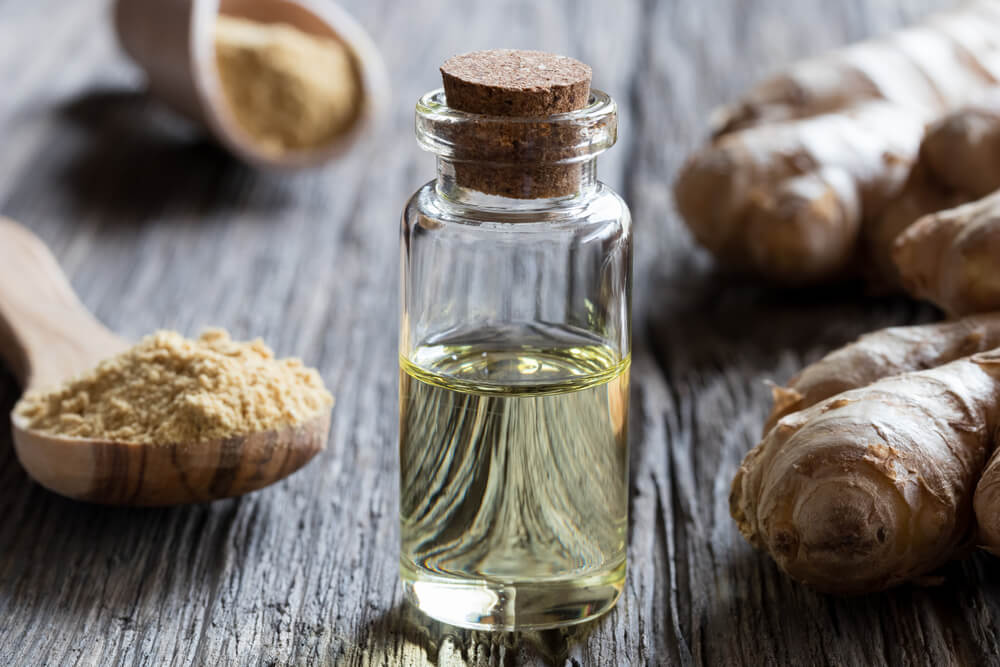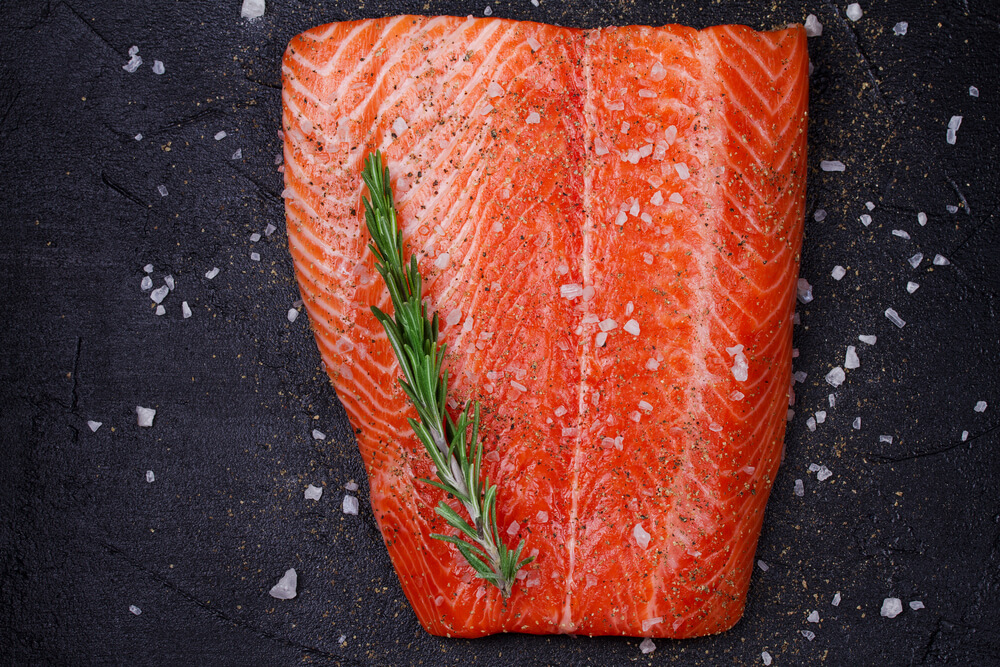Inflammation : Natural Remedies and Treatment
Do you get constant bouts of persistent fever, foggy thoughts, or general pain that you can’t explain?
Does the inflamed part keep hurting you over a long time?
Do your joints ache mimic arthritis?
If your answer to the above questions is yes, then you might be suffering from a condition called Chronic Inflammation. Inflammation by itself isn’t harmful. It is the body’s natural response against foreign elements. White blood cells rush to the spot through dilated blood vessels because the body sends out immune markers called cytokines.
They fight the foreign element, and then fluid accumulates to flush out the toxins. This is what causes the redness and swelling. This inflammation, however, usually goes down pretty quickly. In some scenarios, the body sends out a false alarm, and the mechanism kicks in, initiating a low-grade, persistent throbbing that mimics joint pains, swelling, and ruptured blood vessels for more than six months.
Table of Contents
How to Reduce Inflammation Using Natural Remedies
Did You Know!
| WHO estimates that around the world, between 2015-17, three out of five people died of chronic inflammatory diseases, like stroke, respiratory diseases, heart problems, obesity, and cancer-related issues. |
The National Center(1) for Biotechnology Information associates chronic inflammation to a sedentary lifestyle and other causes, like depression, stress, obesity, and alcoholism. There are several risk factors associated with chronic inflammation as this can lead to long-term chronic disorders, even though its role(2) has not yet been positively identified.
CURE 1: Essential Oils For Inflammation
Most chronic inflammation episodes occur because of underlying autoimmune disorders. Holistically, there are a number of essential oils that can be used to subdue the pain and swelling from the chronic inflammation. Essential oils are basically distilled natural oils that have the medicinal properties of the source. The most common ones, though, are Ginger, Eucalyptus, and Roman Chamomile.
Important: Some essential oils require you to consult with your doctor regarding the application and the dosage. We don’t want another bout of an inflamed allergic reaction, do we?
Do(s) and Don’t(s): Essential oils should always be diluted with carrier oils, such as vegetable oils. It is always advisable to do a skin test for 24 hours to check for allergic reactions.
1. Ginger Root Essential Oil

Why Does it Work?
Ginger for inflammation is very good because the essential oil has anti-oxidizing and anti-inflammatory properties making it a great analgesic. When applied topically, it helps in fighting inflammation, flushing out the bacterial infection, thereby reducing the redness and swelling.
How Much to Use?
To stop inflammation, you can add two to three drops of ginger, tea, sage, and eucalyptus oil, to a diffuser as per the stated requirements. Alternately, you may combine ten drops of ginger and lemon with half a cup of coconut oil for topical application.
How to Use?
Ginger oil is combined with other essential oils and inhaled nasally through diffusers, or combined with carrier oils and applied topically.
2. Eucalyptus Essential Oil
Why does it Work?
It improves blood circulation and facilitates white blood cell movement, relieves pain through its antiseptic properties and boosts the immune system.
How to Use?
This oil can be inhaled through diffusers or applied topically on the skin. As always, it is ideal to do a skin test first.
How Much to Use?
If you’re using a diffuser, then mix 30 drops of eucalyptus oil with other essential oils as per the requirements of the diffuser. If you’re using it topically, then dilute it with carrier oils before applying it on the skin.
3. Roman Chamomile Essential Oil
Why does it Work?
This oil has antioxidant properties that boost blood circulation. It also has a hypnotic effect, which calms down the pain receptors, easing the stress.
How to Use?
This may be used in a diffuser for nasal ingestion, made into a tea, and orally ingested or mixed with other oils for topical application.
How Much to Use?
There isn’t a fixed dosage for this. It is best to consult your doctor before you decide on a dosage because of its hypnotic effects.
CURE 2: Foods For Inflammation
Taking care of your diet is important as it helps treat inflammation. Your diet should contain a lot of nuts, leafy vegetables, fruits, fish, healthy oils, whole grains, and foods rich in antioxidants and polyphenols. Here are some of the most common foods to reduce inflammation.
1. Pineapple

Why does it work?
Pineapple’s core enzyme Bromelain is usually absorbed completely by the body. This protein helps blood circulation, reduces pain, and swelling.
How to Use?
Pineapple may be eaten in pieces, put into fruit salad bowls, or had as a juice
How Much to Use?
For pieces of pineapple, one cup gives the ideal dosage of protein, fibre, and vitamin C. It can be coupled with dragon fruit, flax seeds, and other protein-rich foods.
2. Broccoli
Why does it Work?
Sulforaphane in Broccoli acts as an antioxidant and reduces the level of cytokines, thereby easing the pain of inflammation.
How to Use?
Broccoli can be used raw or cooked for reducing inflammation. Steaming has the lowest negative alteration to its nutrient composition. But even otherwise, it’s great for antioxidants, analgesics, and Vitamin C.
How much to Use?
One cup of broccoli cooked or raw gives you the necessary intake of the required nutrients.
3. Kale
Why does it Work?
Though inconclusive(3), Vitamin K is found to have anti-inflammatory effects that reduce the production of proteins like Cytokines.
How to Use?
Kale can be consumed raw, steamed, or used in a colander.
How much to Use?
3-4 cups of kale a week gives you the necessary Omega-3s and is ideal for people suffering from inflammation.
4. Wild Salmon

Why does it Work?
Wild Salmon is rich in Omega-3s, which have been found to reduce the production of eicosanoids and cytokines, linking it directly with reduced inflammation.
How to Use?
Salmon can be used out of the can, deboned, and cooked, or bought in pre-cut steaks and fillets. It shouldn’t be cooked in too many carbohydrate-rich substances.
How Much to Use?
The American Heart(4) Association recommends two servings of 100gm of salmon or three-quarters of flaked fish a week for optimum use.
CURE 3: Supplements For Inflammation
Oils and foods for inflammation treatment take time to show effect. Herbs and supplements for inflammation, on the other hand, help the body to directly absorb the core ingredient by removing the need for digestion and subsequent metabolization.
1. Alpha-Lipoic Acid
Why does it work?
Alpha-lipoic acid is a fatty acid that helps in the metabolization and energy generation by the body. Studies(5) have shown that it is effective to stop inflammation from insulin-related, cancer, liver disease, heart disease and other problems.
How to Use?
Supplements may be taken orally. For optimum metabolization, water is essential. Dry-swallowing supplements are generally not advisable.
How Much to Use?
300-600 mg per day.
2. Fish Oil
Why does it work?
It contains Omega-3 fatty acids that help in reducing inflammation related to several health disorders. DHA, a type of omega-3 fatty acid promotes gut health and has anti-inflammatory properties that prevents muscle damage.
How to Use Fish Oil For Inflammation?
Fish oil tablets need to be taken whole. It helps when you take it with food for inflammation.
How Much to Use?
Fish oils need to be checked for detectable mercury content. Take the ones with undetectable amounts. 1-1.5gm of omega-3 fatty acids is suggested.
Also Read: Are fish oil supplements healthy in pregnancy?
3. Vitamin A

Why Does it work?
It keeps the immune system from going into overdrive by reducing the release of markers.
How to Use?
Vitamins for inflammation can be consumed in products, like milk, fortified foods, leafy greens, sweet potatoes, carrots, and papaya.
How Much to Use?
900 micrograms for men and 700 micrograms for women per day. Beyond that can cause liver damage, birth problems, and lung cancer.
CURE 4: Herbs For Inflammation
1. Turmeric
Why Does it Work?
Turmeric contains curcumin, a substance that helps reduce inflammation. Its antioxidant properties make it an effective remedy to subdue inflammation.
How To Use Turmeric For Inflammation?
Turmeric is a versatile herb and can be utilised in multiple ways. You can add it in tea or in warm milk or lentils, vegetables, fish, and meat.
How Much to Use?
A teaspoon or two in each meal or drink is enough.
Adding turmeric with black pepper enhances its effects to instantly reduce inflammation.
Prevention and Management of Inflammation
Inflammation can be dangerous in the long run. Acute inflammation is treatable and lasts for a short duration. Chronic inflammation, on the other hand, sends your immune system into overdrive. This is likely caused by autoimmune disorders. It is best to adjust to a healthier lifestyle to get relief from inflammation.
1. Healthy Diet
One of the most important considerations is what you eat. Food for inflammation helps you recover faster and at the same time prevents it from happening again. Incorporate better foods into your diet for inflammation. Consume more of omega-3 and other fatty acid-rich foods, such as salmon and leafy greens and fruits like blueberries, grapes, and dragon fruits.
Flax seeds, olive oil and drinking some types of tea for inflammation are known to work very well. If you want to go the natural route, some juices for inflammation are effective too. These include pineapple and ginger, lemon and tart cherry, and apple cider vinegar.
2. Exercise

Stress and obesity are two of the leading causes that contribute to increased inflammatory problems in the body. It is very important, therefore, that these two be managed. Obesity can be managed through rigorous exercise. About 10000 steps a day counts as good exercise. Half an hour of cardio for at least four times a week counts as an exercise regime.
3. Blood Sugar Levels
Inflammation and diabetes are connected. You need to focus on controlling your food to more lean cuts of meat and avoid any food that has the word �?white’ in it as a rule (white flour, white rice, white sugar, pasta, etc.). Consult with the doctor regarding your insulin levels and take insulin supplements if needed.
FAQs
1. Is Chronic Inflammation Curable?
No, but it can be managed through corticosteroids as a last-ditch stand to make the immune system stronger. Lifestyle changes, supplements, changes in food habits can reduce the pain.
2. How Dangerous is Inflammation?
Chronic inflammation has been shown to lead to Rheumatoid Arthritis, Osteoarthritis, heart problems, liver failure, cancer, and other health-related problems in the long run. Since it can last for anywhere between months and years, these dangers intensify over time.
3. Is chronic inflammation painful?
Chronic inflammation is low-grade, persistent inflammation. It comes with body pains, joint aches, rashes and excessive mucus production to name a few.
4. Do all types of inflammation become chronic?
No. Acute inflammations are a response to injury and are a boon disguised as a natural defense mechanism. Chronic Inflammation may have an underlying autoimmune problem.
Inflammation, as per the WHO, is likely to increase by about 30% over the next five years around the world. Chronic inflammation, as a condition is preventable through minor adjustments to lifestyle and food habits. If you have already come there, then there are always several natural remedies for inflammation that can work wonders for you.
Over time, the pain comes to manageable levels when you can focus on managing the autoimmune disorder or any other health problem underlying inflammation.




